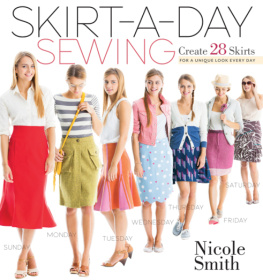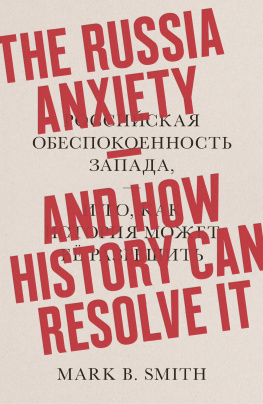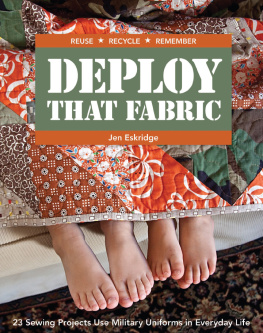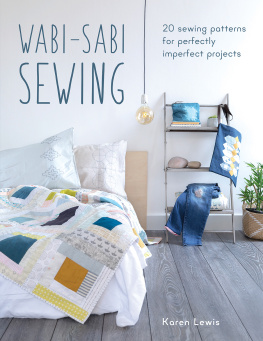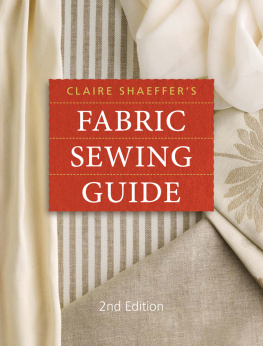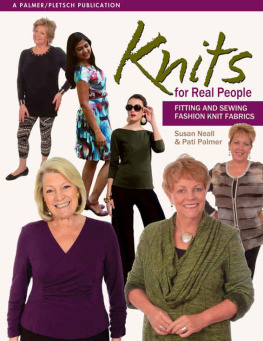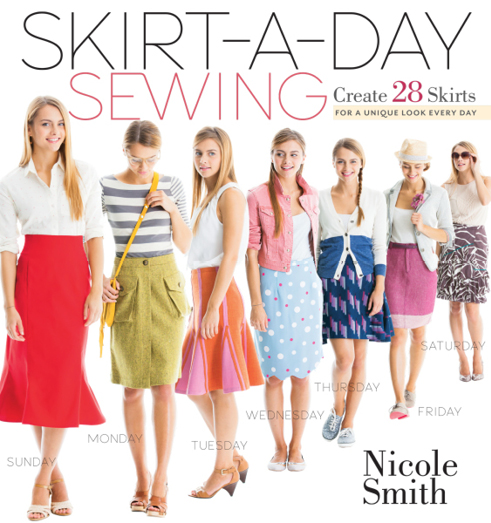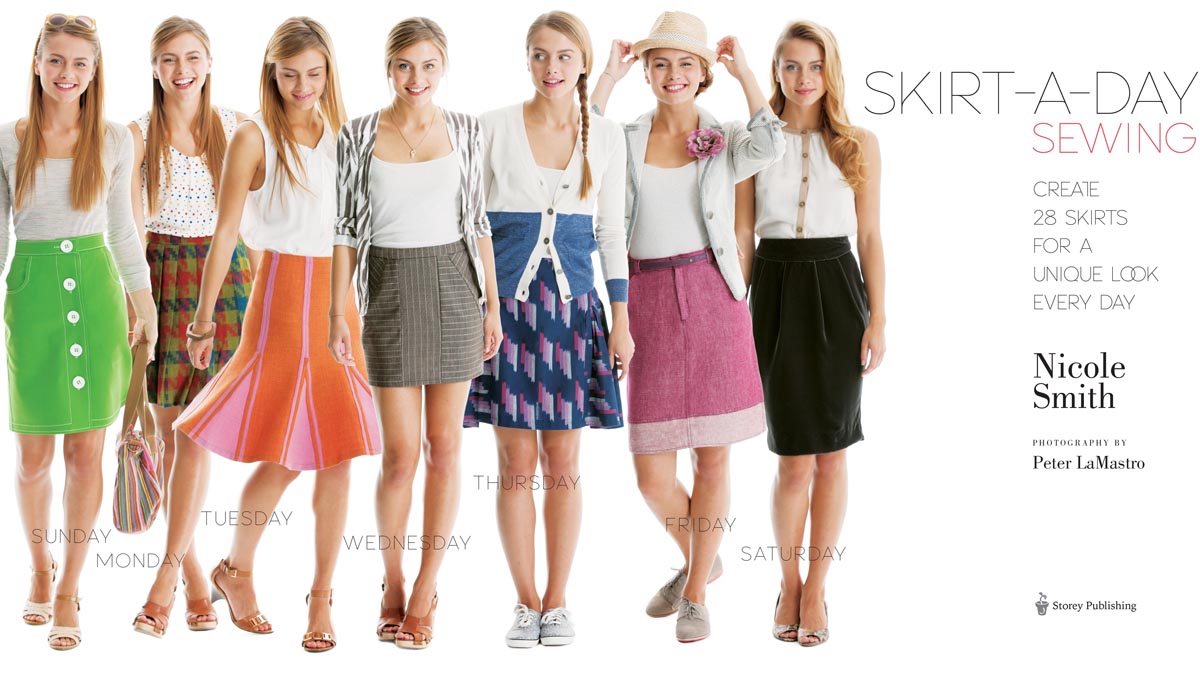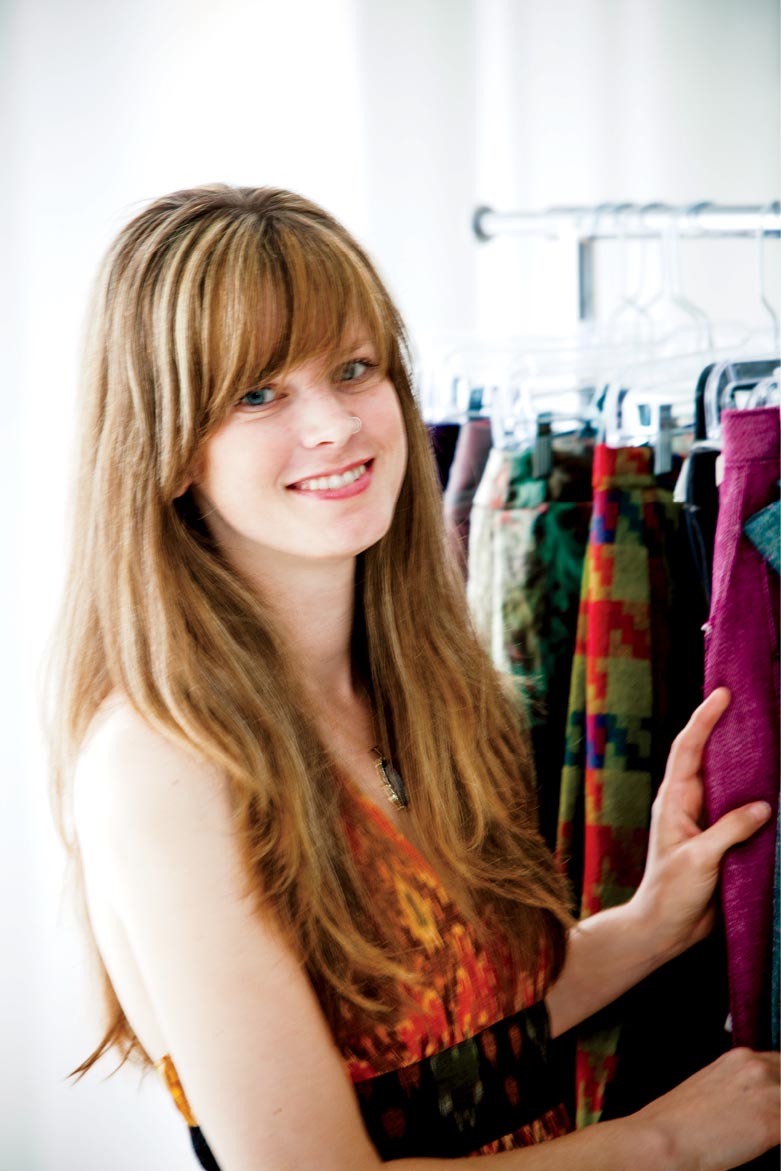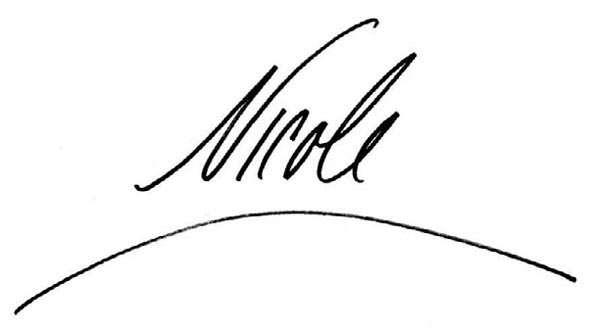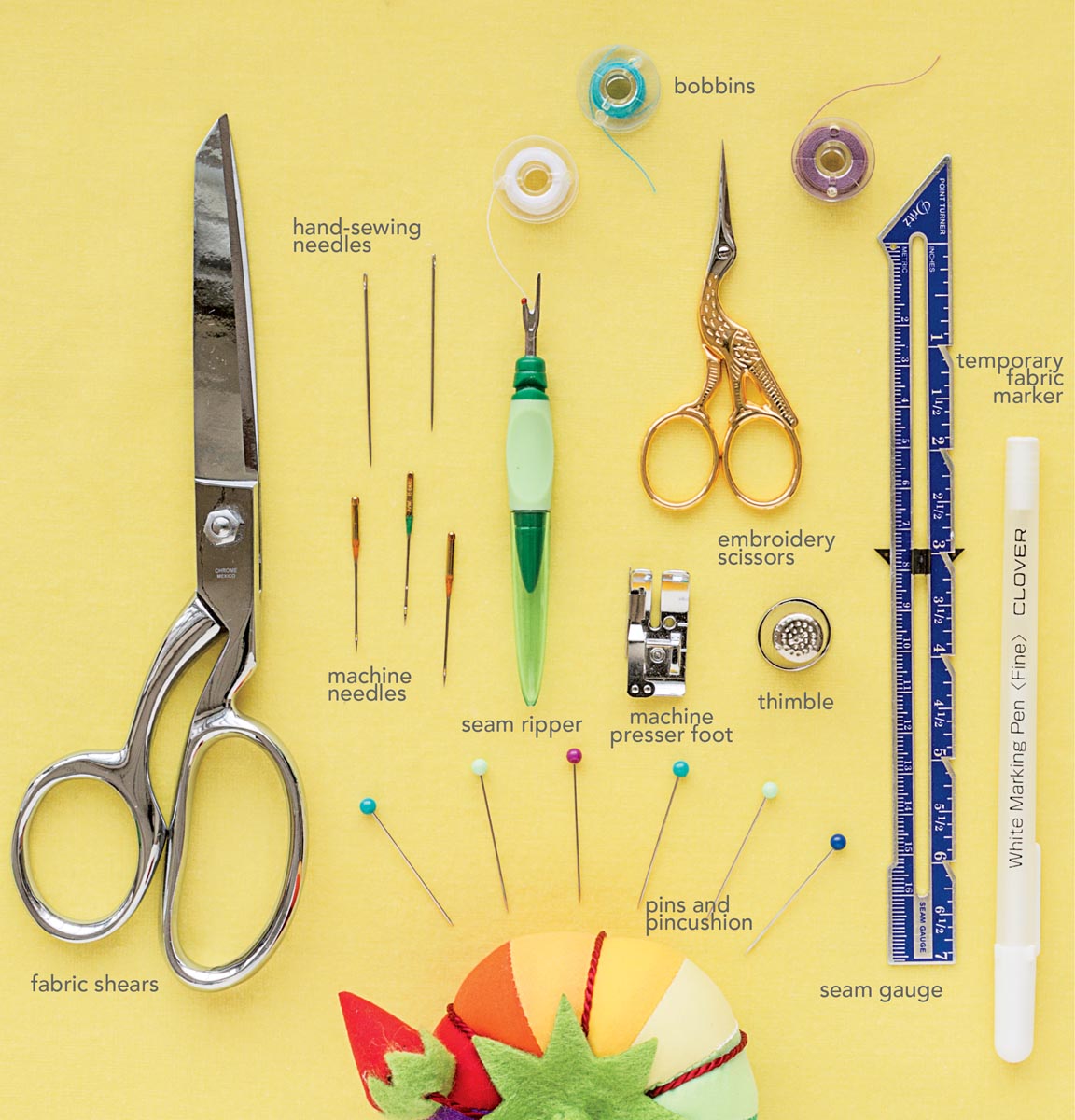Contents
Introduction
There are few things that are more creatively satisfying than wearing something I created with my own two hands. Whether its simply a tote bag that took an hour, or a garment that I slaved over for weeks, being able to respond to compliments with a simple, Thanks! I made it myself, creates a sense of pride that few accomplishments can match.
Once you learn how to sew, you never look at garments quite the same way again. You start noticing the building blocks it takes to put those incredible frocks together, such as darts, curves, corners, and zippers. While working in the fashion departments for magazines such as Seventeen and Teen People, I found myself in the fashion closet, turning garments inside out, analyzing every bit, often confusing my coworkers. I was taking Polaroids of interesting zippers, odd seam treatments, cool pockets, fun color combos, and more. I am fascinated by clothes, from their inside out.
When the opportunity came for me to combine my love of sewing and fashion editorial experience as a sewing editor, I jumped at the chance. I adore sewing, and I am greatly passionate about passing on that creative outlet. This book is an extension of that need to pass on what I know to anyone who is thinking about creating their own designs. You can absolutely make the fashions that live in your head a reality all you need are a few basics under your belt, and Im here to help get you started.
The very first piece of clothing I made that I actually wore out of the house was a skirt made from a non-stretch cotton fabric. It was a simple A-line wrap skirt made with a Simplicity pattern on my mothers sewing machine from the 70s. The very first pattern I ever drafted was also a skirt. A skirt is the perfect project to help you get your footing in pattern-drafting and sewing, as theyre easy to fit and typically simple to sew (of course you can make your design as complicated as you like).
Here youll find everything you need to start creating custom-fit skirts designed by you, including an explanation of all of the tools youll need and detailed instructions on how to put the pieces together. The beauty of creating skirts is that once you get one or two under your sewing belt, youll be able to crank them out like a pro in no time. Start by drafting the basic building block (or sloper) pattern with the instructions found in chapter 3, and from there youll discover so many variations on the following pages, that youll be able to wear a new design every day of the month. Another great thing about skirts is that they can usually be drafted and sewn in a day or so, making them instantly gratifying. You can truly make a skirt a day.
Think of these projects as a springboard for your own designs, and experiment as you go. As you become more confident, combine the techniques and push them as far as you can take them. If you want to add a detail thats not in a particular project, do it! Become your own designer. And when someone asks you where you found that fantastic skirt, you can smile and humbly say you designed it yourself.
chapter 1
Gear Up
Are you ready to start creating your own skirt designs? Whether youre new to sewing and patternmaking or returning after time away, this chapter will explain the supplies youll need to design and create your own clothes.
One of the best things about design and sewing is that you dont need a lot of expensive tools and equipment to get started, but there are a few things you should have on hand to help get the job done. Before you make your first fabric cut, read this chapter to determine if there are any sewing and patternmaking tools you might already have. Then make a list of the things you want to purchase before you start, and a list of the items that would be nice to have, but can wait awhile.
Take the time to stock up your sewing and patternmaking kits because successful sewing starts with the right tools.
Sewing Tool Kit
Stock up on the essentials
The following is a list of the tools I consider essential and like to keep on hand in my sewing room. Dull scissors and pins can damage fabric, but its not important to purchase expensive new scissors or fancy sewing tools if you already have some that work well. Its easy to be overwhelmed by the selection of gadgets at your local sewing store, so keep your budget in mind while shopping and stick to your list.
Bobbins. Make sure you are using the right type and size bobbin for your sewing machine (check your manual or call the manufacturer). Using the wrong bobbin can cause serious damage to your machine. Keep several on hand.
Embroidery scissors or other small scissors. These help you make small cuts and snip into tight places where traditional shears cant reach. They are typically about 4" long and have two sharp points.
Fabric shears. Invest in a good pair of fabric scissors and use them only to cut fabric or youll dull the blades. Shears are between 7" and 8" long and have bent handles with different size holes for the thumb and the fingers.
Hand-sewing needles. Keep an assortment on hand to accommodate various fabrics and threads.
Iron and ironing board. Good pressing is essential for fine sewing, so investing in a good iron and a sturdy ironing board will save you time in the long run. Look for an iron with easily adjustable heat and steam settings. For more on pressing tools, see page 19.
Machine needles. There are many different type and size sewing machine needles for all the different fabric fibers and weights. See Machine Needle Sizes and Machine Needle Types on the next page.
Pins and pincushion. Straight pins should glide easily through fabric without much effort. If your pins are dull and you have to apply pressure to pierce the fabric, replace them to prevent any fabric damage. Keep a pincushion nearby for easy access to your pins.
Presser feet. Presser feet hold your fabric steady and guide it under the needle and through your machine. Consult your manual for how to install presser feet and what types fit your machine. Most machines come with all of the presser feet you need to create the designs youll find in this book. Check to make sure you have a general-purpose foot, zipper foot, piping foot, and buttonhole foot. Some extra feet that you might find helpful include an invisible-zipper foot that makes sewing invisible zippers a breeze, and a straight-stitch foot that will help you sew sheer fabrics without rippling.
Seam gauge. This is a small ruler for measuring seam allowances and hems.

